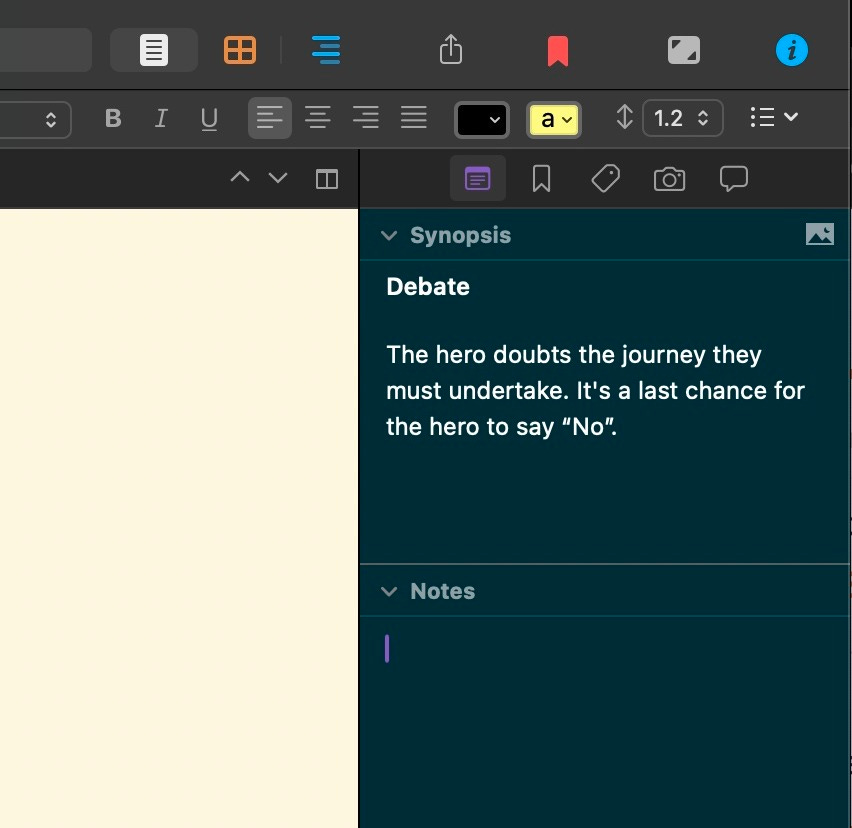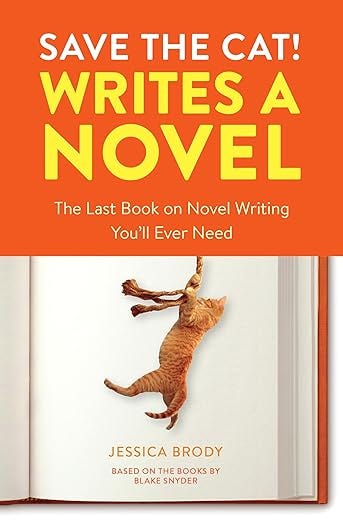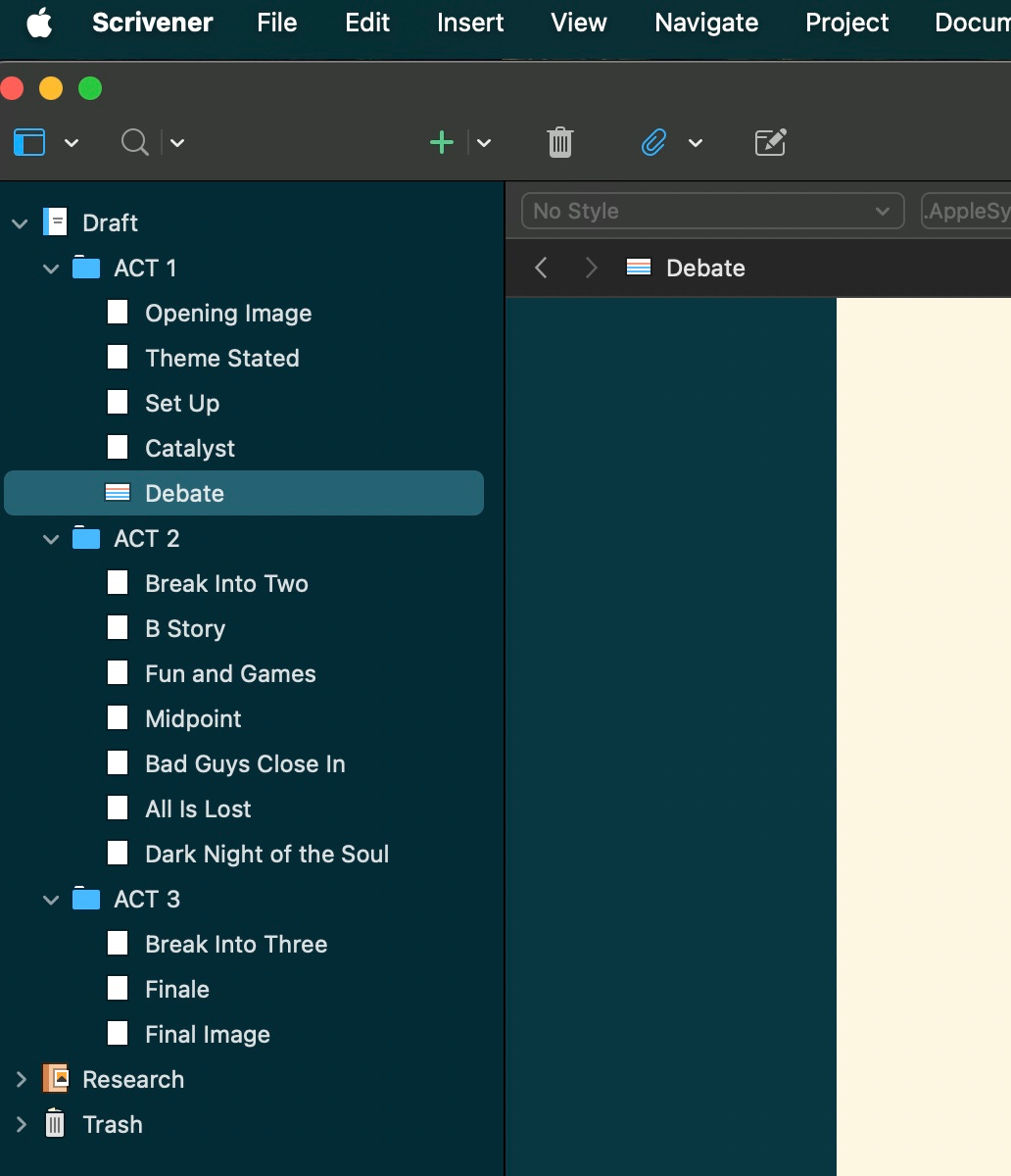
According to the Internet, there are two types of writers: Plotters and Pantsers. The term plotter is relatively self-explanatory. A pantser is someone who writes “by the seat of their pants.” I hate it. I don’t know who first came up with this term, but I hate them with the fury of a thousand hell-condemned souls. Presumably, it was someone in the online writing community—a writer for god’s sake. Do better!
The way these seemingly opposing kinds of meme-ified writers play out online would suggest that they’re polar opposites. I disagree. Most writers I know claim to be (shivers) pantsers and they’re inspired by quotes like these:
"It begins with a character, all I can do is trot along behind him trying to put down what he says and does." —William Faulkner
Many accomplished writers have made similar comments. It’s very romantic, I’ll admit, and for the most part, true. But that doesn’t mean they don’t use any kind of plotting structure at some point in their drafting or revising stages. Of course they do. They must.
And it’s not like plotters don’t ever stray from their original outlines. They wrote the outline, which means they are allowed to change it—duh.
So my guess is that most writers are a little bit of both. I know I am. But if I’m forced to pick a side, I’d have to say, I’m mostly in the plotter camp. At least now I am.
When I started writing my first novel, which ended up being my second published novel, Every Last One, I was solidly in the pantser column. If you asked me then what my writing strategy was, I’d say:
I push my characters into bad situations and leave it up to them to figure out how to get themselves out.
I’ll be honest. Writing this way was a ton of fun, but without any plot structure, the story just kept going and going. I couldn’t end it because there was no story arc to speak of. There was no turning point, no destination. Just action sequence after action sequence with brief moments of reprieve interspersed. Technically, you can’t call this a story. Stories by definition, have to have a point—and they have to end.
Finally, I had to admit this wasn’t working. And that’s when I discovered Save the Cat:
I’m not saying this is the best writing book out there—I’ve read a few since then, therefore debunking its claim to be “the last book on novel writing you’ll ever need.” It just happens to be the first one I’d ever read. It was my first introduction to story beats. There are 15 of them according to Jessica Brody. I’m not going to list them all here. You can Google it.
I was sold. This is what I needed to wrangle my unruly saga into something publishable. But it was so unruly that I gave up after a few months and decided I needed to start a new story from scratch.
That’s when I wrote Tourist Trapped.
If Save the Cat is tool #1, then tool #2 would have to be Scrivner. Scrivner is a desktop writing app that allows you to organize folders and documents along the left sidebar and you can rearrange them however you want. You can’t do that in Word. This is great for quickly going back and forth between chapters or scenes while drafting, which I do constantly. There’s also a cork board view, which lays it all out visually. It’s great.
I started with the Save the Cat beats and created separate documents for each of the 15 beats down the left sidebar. They were grouped into three folders: Act 1, Act 2, and Act 3. Some of these beats would eventually be converted into chapters. Some beats would need to be split into multiple chapters. And a couple would be absorbed into existing chapters. So by the end, the left sidebar would contain only chapters.
Basically, the beats are like mile markers. No, maybe more like tent poles. (Sorry, I’m usually good with metaphors, but I’ll admit those sucked.) In the Set Up beat, for example, you show the MC in their current state and what’s missing from their life. In the Catalyst beat, something will happen to disrupt the status quo, giving the MC a reason to do something different. In the Break into Two beat, the MC will make a choice that launches them into the upside down world. Etc.
In the right sidebar in Scrivner, there’s a box titled “synopsis” and under that, a longer column called “notes.” In the synopsis box, I started with a short description of that beat itself so even though I didn’t know what was going to happen in the story, I knew what was going to happen—in terms of the shape of the story. I used the notes section to add possible story ideas.

So now that I had the bones in place, it was time to put an actual story in there. I’d had the idea about a guy, who would never otherwise do drugs, but for some reason ends up taking a psychedelic substance and travels to the Afterlife, not metaphorically, but for real, and gets stuck up there. Cool premise, right? I thought so.
First, I had to name my MC. I must have recently watched an episode of Arrested Development because the name Tobias was circulating in my brain. It’s not a particularly funny name, but it’s not typical or boring either. I wanted his name to sound funny so his last name would have to carry that responsibility. My daughter came into the room eating a snack and I asked her, “Whatcha munchin’ on?” Lightbulb moment: Munch. Tobias Munch. That’s his name. Inspiration comes from the most mundane places sometimes.
I started with the Opening Image (Beat 1), which was easy enough. In fact, I want to say, the first line of the novel was literally the first sentence I wrote and never changed it. From there I was off to the races.
My MC didn’t have a love interest at this point. I knew that he would travel to the Afterlife by Act 2. So I had five beats to figure out how he was going to get there. What would cause a fairly straight-laced lump of a dude to decide to take shrooms? A girl—duh. That’s how Mia Navarro came into being.
I’m not going to take you step-by-step through the whole novel. You get the picture.
Now I know this might seem quite formulaic or paint-by-numbers. But while I’m writing, not plotting, writing, I’m still a pantser at heart. I’m still just following where my characters go, because they do have minds of their own. The story structure is there in the background, but while I’m writing, it tends to take a backseat to the flow of creativity, and very often my mind comes up with something even better than I had originally thought was supposed to happen. So I change it—because I’m the author.
So I’m a plotter when I’m plotting and I’m a pantser when I’m writing. Does that make sense? And when my characters decide to go another way, I rework the plot. I do the work of plotting because it gives me the assurance of a road map, even though it’s a road map where I can redraw the routes if I want to—and I often do.
In my current WIP, I’ve deconstructed the 15 beat story structure. The same beats are still there, more or less, but I start with Act 2. Technically, that’s called en media res—that’s Latin, and therefore exotic. So, even though I’m not following the beats as prescribed, I have to know what they are in order to move them around.
That’s all I have to say about plotting. I might do another Writer’s Toolbox on Scrivener alone—if you want me to (or maybe even if you don’t).
Now it’s your turn to say stuff.
Are you a plotter or a pantser? Why?
Can you come up with a better name than pantser? Please?
If you plot, what method do you use?
Do you use Scrivener? If yes, it’s the best right? If not, what do you use?
What else do you want to know? I’m open to suggestions for future Writing Toolbox issues. Let me know in the comments!




I'm a pantster and I violate many of the conventional story arc rules--"there are no rules in the novel," from How to Read Novels like a Professor by T. Foster among my favorite books on writing. I write with Google Docs, 1 file for each chapter assembled into 1 big file when it's ready for formatting. My must have tool is a full-on Grammarly subscription. I mostly ignore it in the draft phase, but when it's time to edit, it gets used extensively.
Omg, I agree about the plotter vs "pantser" debate. I'm a lot of both, too. And thanks for the Scrivener tips! I've never used it, but maybe I should give it a try. I currently plot/plan/keep-my-pants-firmly-on-the-ground by using a combo of Post-Its and notebooks. Old school style.